I said I wasn't going to start a glog this year since my season will be cut short (moving this summer), but not growing things just seems weird to me. So here we go.
I have about ten OW chile plants that I will be keeping in containers (let's see if they survive the move...). They aren't much to look at now, but I'll post pics once they go outside.
Since I'm not starting seeds for peppers and tomatoes, my grow lights were feeling neglected. I decided to take advantage of this opportunity to start some hybrid poplar clones from and for my family's land up in 'Sconnie.
When my family first moved there in the late '80s I remember taking a walk with my mom and digging up a poplar sucker to transplant. It turned out that tree was a hybrid (gray poplar) that occurs naturally, although relatively uncommonly, in the midwest. Good soil and hybrid vigor allowed the tree to take off. That was almost 30 years ago and since then the tree has grown to about 80' tall and 2' dbh. It has also sent out suckers of its own - some of which we, again, dug up and transplanted. One of those transplants is now about 30' tall with a 6" dbh. A few weeks ago, I lopped a branch off it to take some cuttings.
From that branch, I used a hand pruner to cut 2-3 bud softwood shoots. After soaking them in water for a few days, I planted them in homemade organic soil in half gallon containers. A few weeks of growth under my lights pretty much brings us to today.
This is what a populus x canescens cutting looks like just as it's starting to wake up and push leaves.
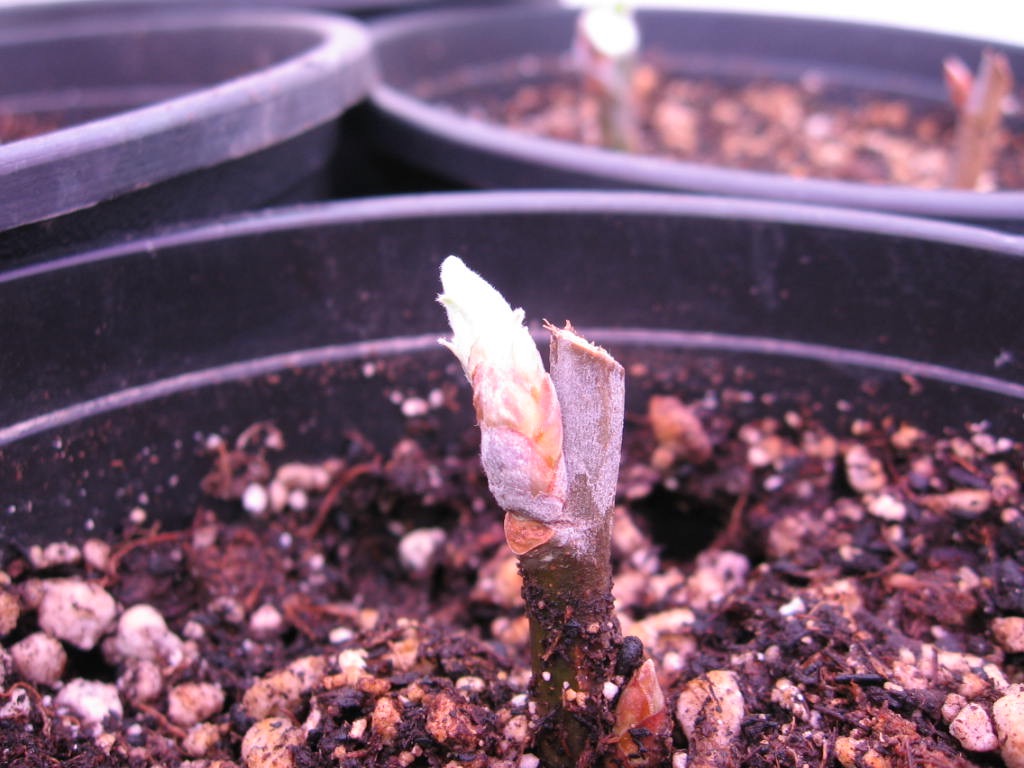
Opening up a bit more...
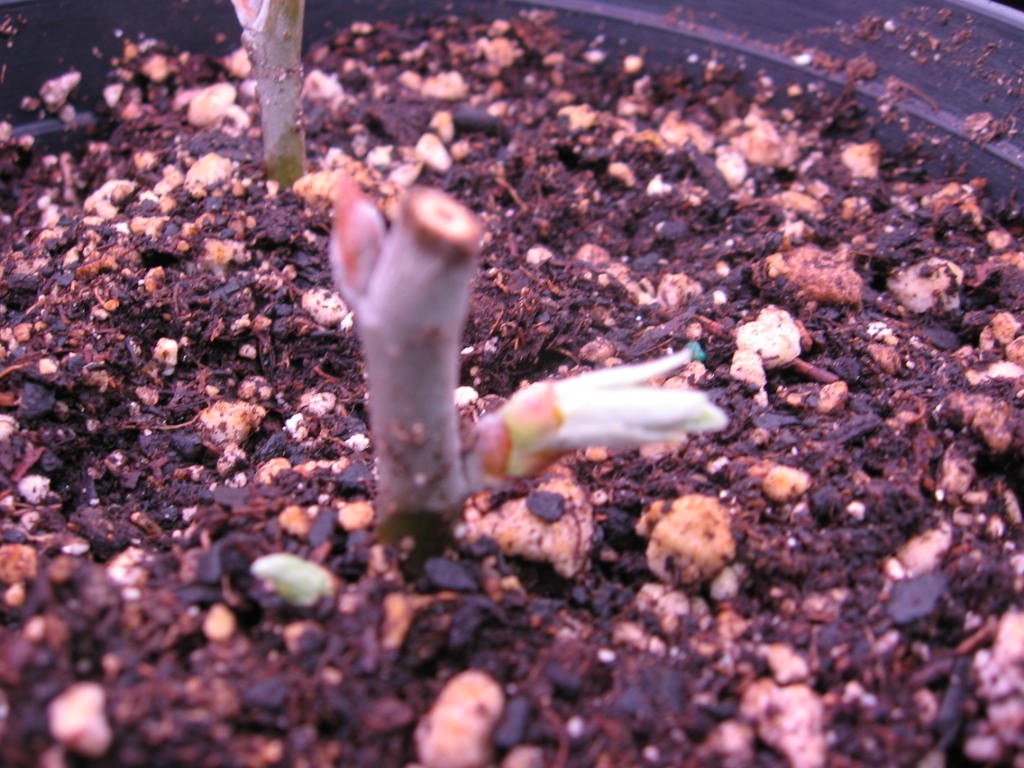
Leaves emerged and stretching. Notice the fuzziness (leaves, not the pics ). Populus x canescens is a naturally-occuring hybrid between Populus alba (white poplar) and Populus tremuloides (trembling aspen). They have the form of an aspen and the fuzzy leaves of the white poplar, but most importantly they have incredible hybrid vigor. They grow very fast and are much more disease resistant and adaptable than either parent.
). Populus x canescens is a naturally-occuring hybrid between Populus alba (white poplar) and Populus tremuloides (trembling aspen). They have the form of an aspen and the fuzzy leaves of the white poplar, but most importantly they have incredible hybrid vigor. They grow very fast and are much more disease resistant and adaptable than either parent.
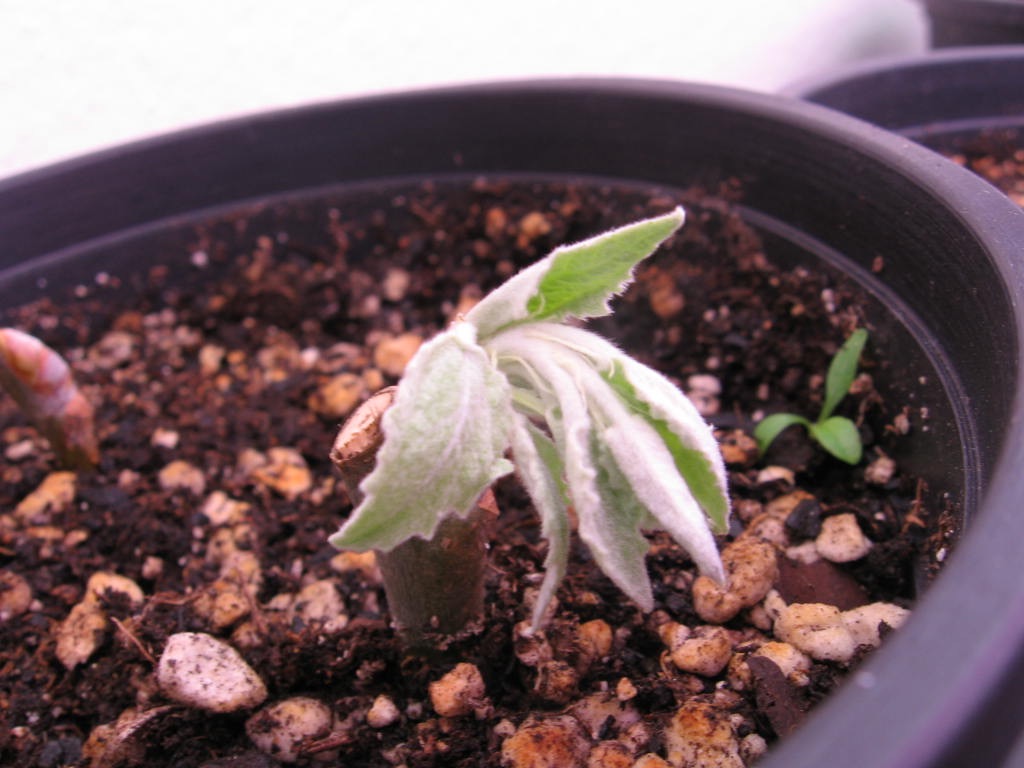
About ten years ago I started reading about bybrid poplars and discovered commercially produced hybrids being used in phytoremediation as well as timber and pulp production. I ordered some online and started them just like these ^ cuttings.
This one is called OP-367 (Populus x canadensis) and is a cross between Populus deltoides (Eastern cottonwood) and Populus nigra (a Europen black poplar) .
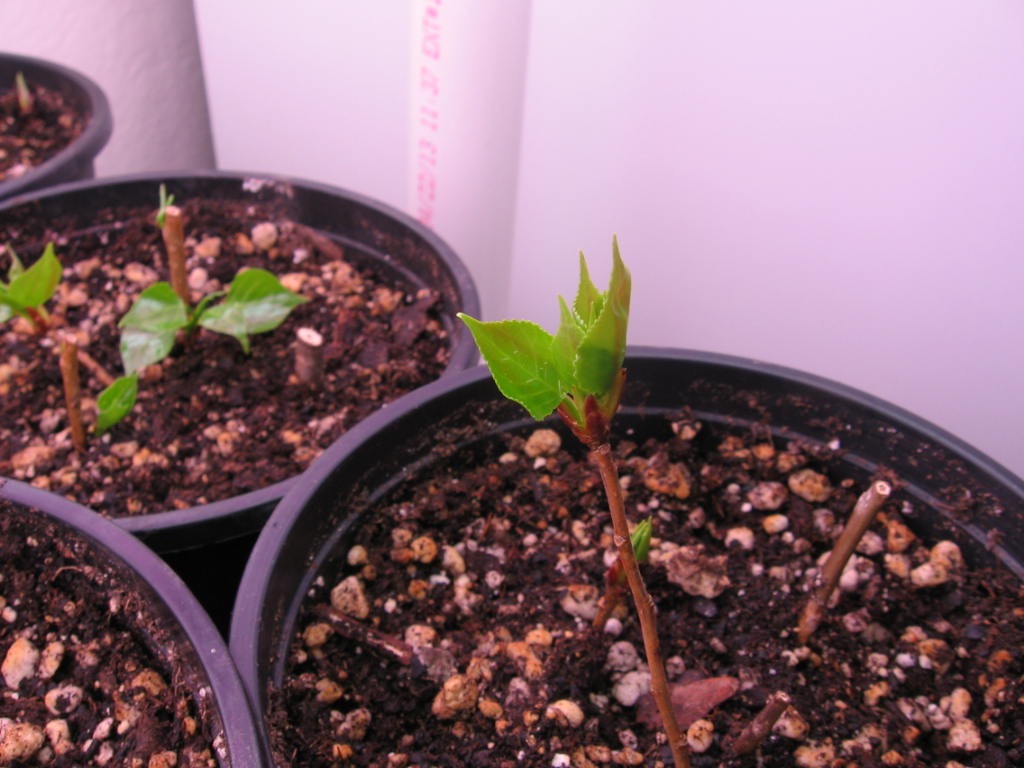
another OP-367
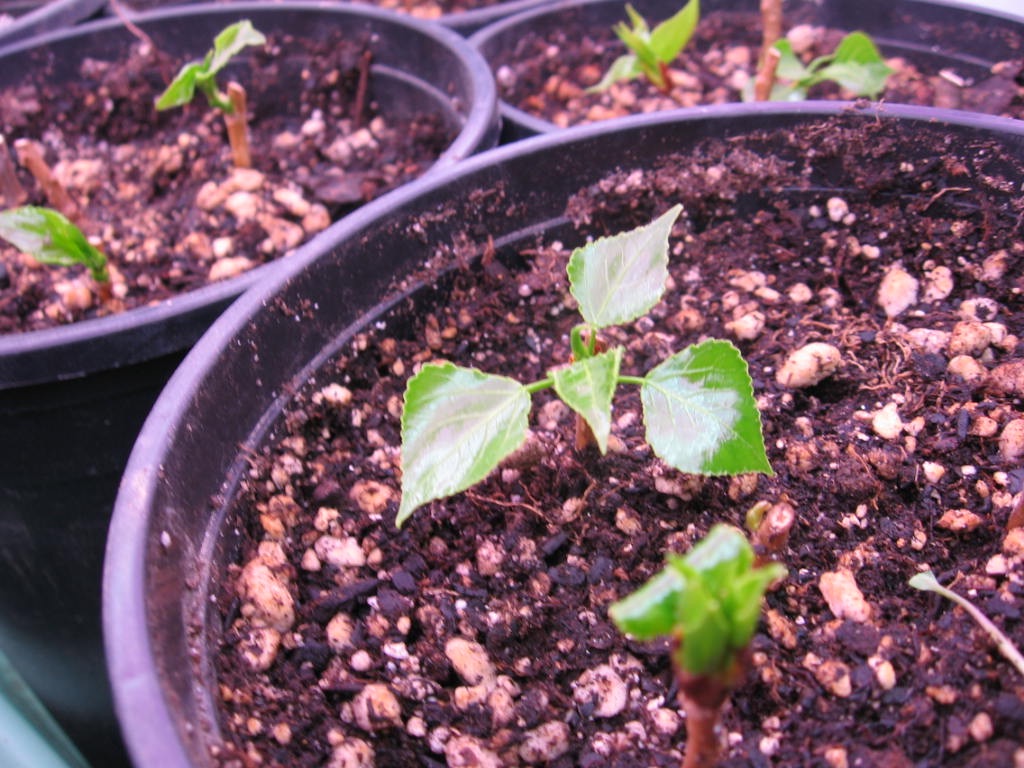
more OP-367
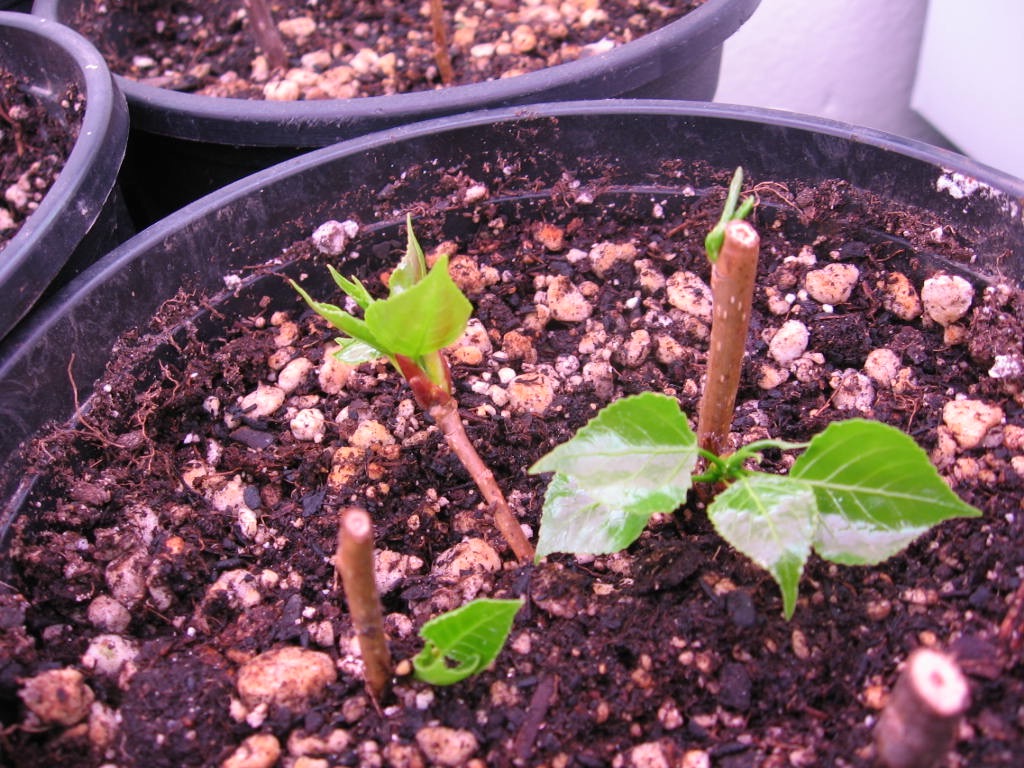
OP-367 was one of the first commercially produced hybrid poplars available. It is a real workhorse, too! I thought gray poplars grew fast until I saw what these could do.
Next time I'm up north visiting my family, I'll get some pics of the mothers. Until then, I'll keep this glog updated with my most recent clones.
As always, thanks for stopping by el jardin del dash-o dos! Especially in this off year.
I have about ten OW chile plants that I will be keeping in containers (let's see if they survive the move...). They aren't much to look at now, but I'll post pics once they go outside.
Since I'm not starting seeds for peppers and tomatoes, my grow lights were feeling neglected. I decided to take advantage of this opportunity to start some hybrid poplar clones from and for my family's land up in 'Sconnie.
When my family first moved there in the late '80s I remember taking a walk with my mom and digging up a poplar sucker to transplant. It turned out that tree was a hybrid (gray poplar) that occurs naturally, although relatively uncommonly, in the midwest. Good soil and hybrid vigor allowed the tree to take off. That was almost 30 years ago and since then the tree has grown to about 80' tall and 2' dbh. It has also sent out suckers of its own - some of which we, again, dug up and transplanted. One of those transplants is now about 30' tall with a 6" dbh. A few weeks ago, I lopped a branch off it to take some cuttings.
From that branch, I used a hand pruner to cut 2-3 bud softwood shoots. After soaking them in water for a few days, I planted them in homemade organic soil in half gallon containers. A few weeks of growth under my lights pretty much brings us to today.
This is what a populus x canescens cutting looks like just as it's starting to wake up and push leaves.

Opening up a bit more...

Leaves emerged and stretching. Notice the fuzziness (leaves, not the pics

About ten years ago I started reading about bybrid poplars and discovered commercially produced hybrids being used in phytoremediation as well as timber and pulp production. I ordered some online and started them just like these ^ cuttings.
This one is called OP-367 (Populus x canadensis) and is a cross between Populus deltoides (Eastern cottonwood) and Populus nigra (a Europen black poplar) .

another OP-367

more OP-367

OP-367 was one of the first commercially produced hybrid poplars available. It is a real workhorse, too! I thought gray poplars grew fast until I saw what these could do.
Next time I'm up north visiting my family, I'll get some pics of the mothers. Until then, I'll keep this glog updated with my most recent clones.
As always, thanks for stopping by el jardin del dash-o dos! Especially in this off year.








 The fishing where I live now is just garbage.
The fishing where I live now is just garbage.